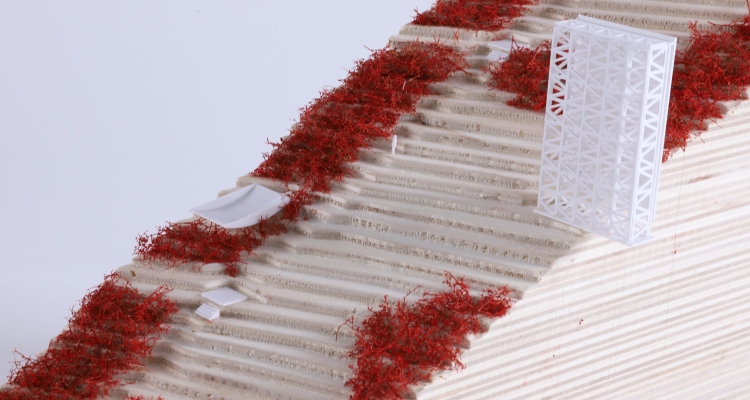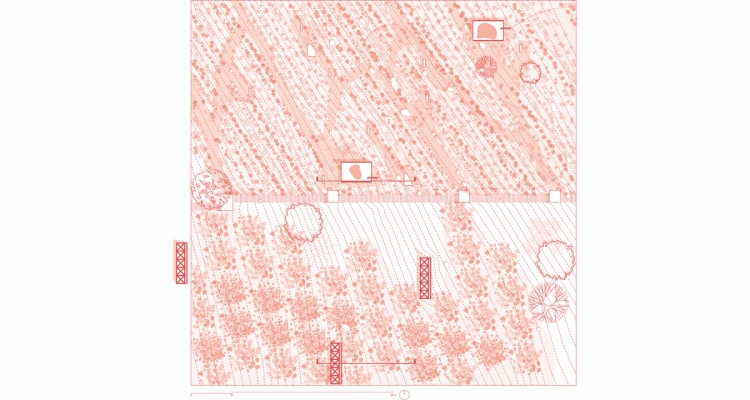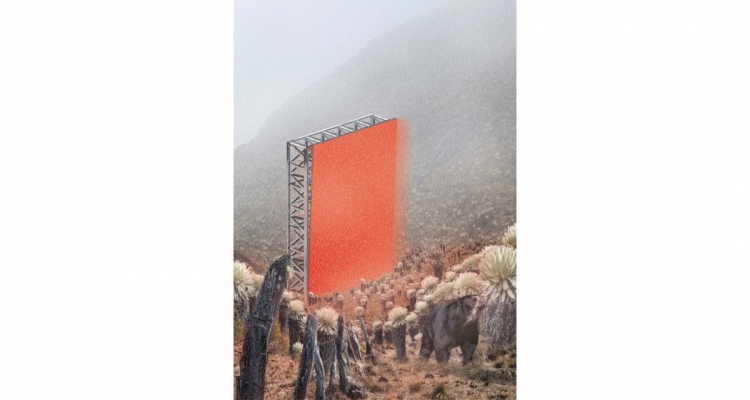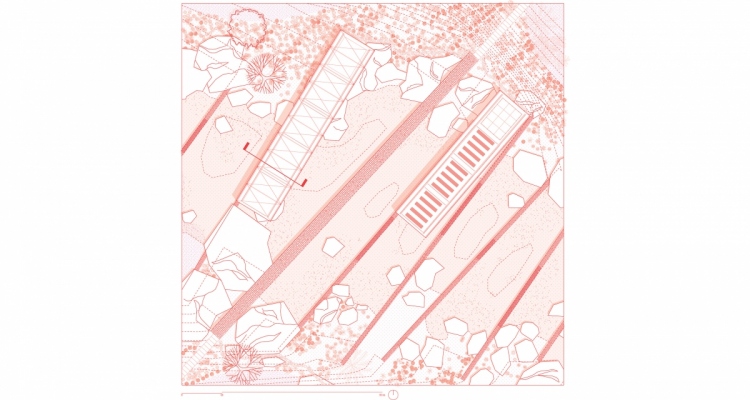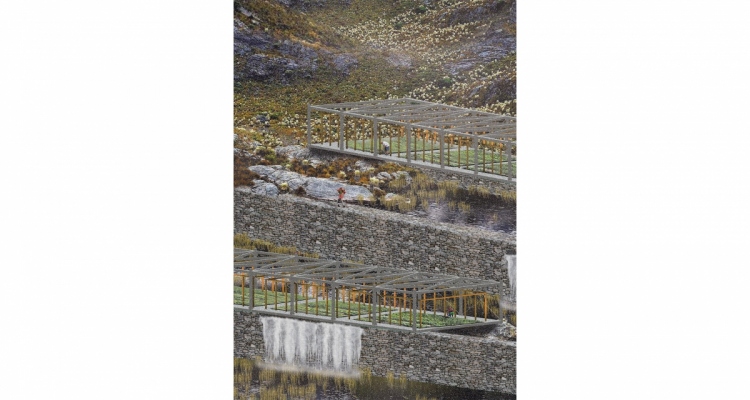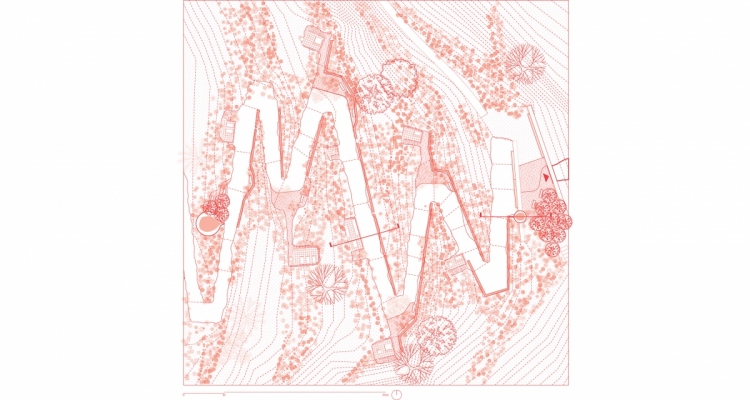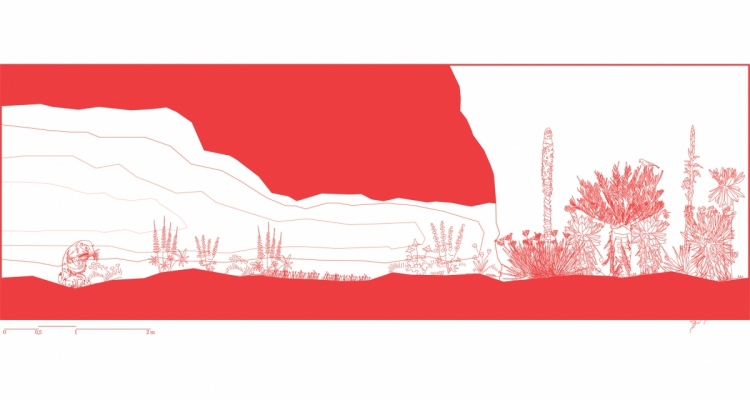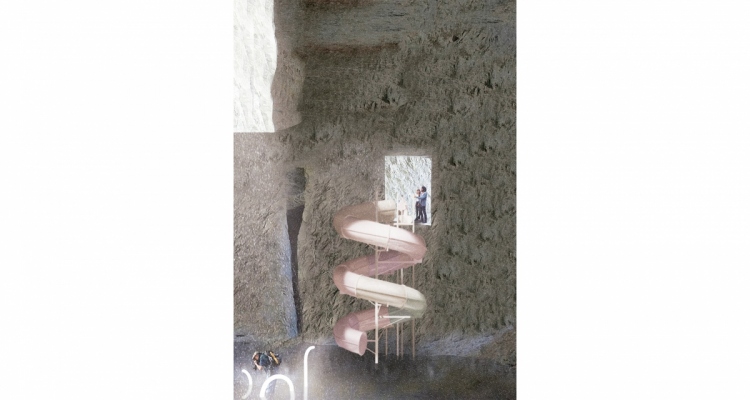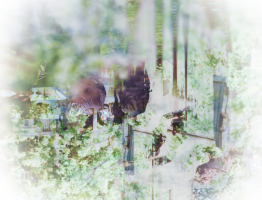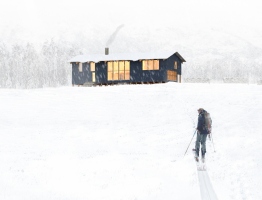Diploma project
Spring 2023
Institute of Urbanism and Landscape
Colombia -the second most biodiverse country in the world- has 50% of the world’s páramos. These strategic ecosystems regulate and provide about 70% of Colombia’s water resources, store large amounts of atmospheric carbon in their soils, and have high levels of endemism.
The páramos of Colombia currently present several potential risks of ecosystem loss due to multiple social and territorial factors that have been forged decades ago and are still in dispute. In Santurban’s Páramo, the dispute over the territory started from the exploitation of gold in paramo areas where gold has traditionally been exploited for around 400 years on a small scale. In recent years large multinational companies started to exploit it through open pit mega-mining and later underground mega-mining affecting the vegetation of this fragile ecosystem and polluting the water streams with mercury at its spring, putting at risk the whole watershed that is born in the paramo.
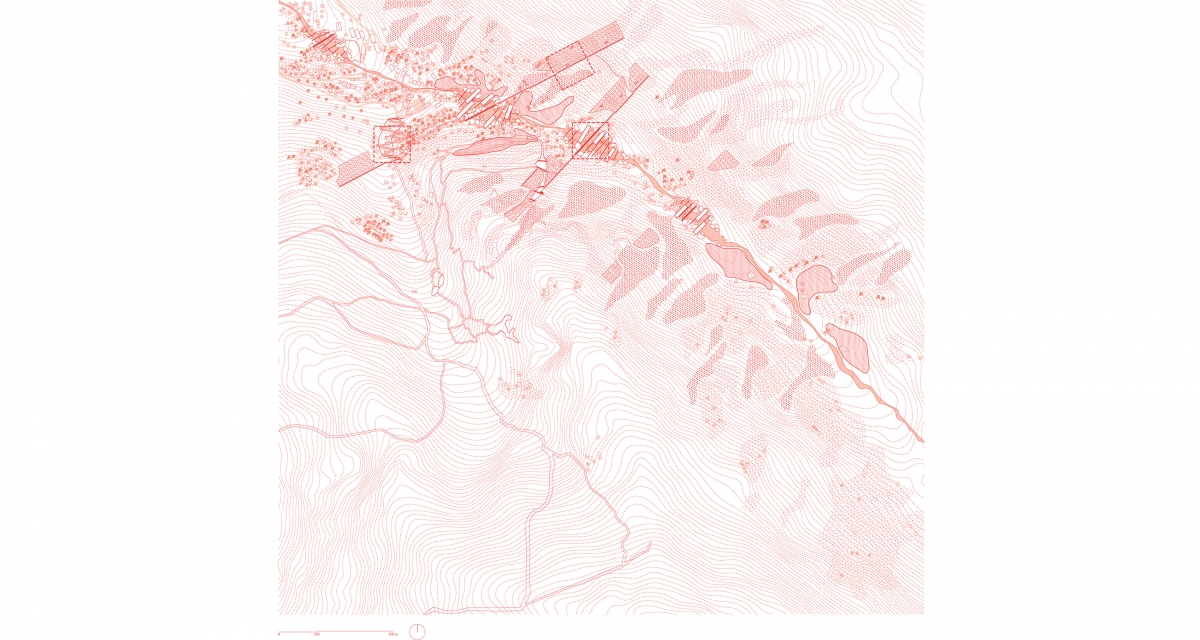
The Project is presented as an opportunity to regenerate the landscape through active restoration strategies and exhibit the endemic botanical variety of the site, attracting people from the local communities to work on the production and planting of the necessary vegetation in the long-term process. This can also attract researchers, as it will be the largest curated exhibition of endemic vegetation above 3,000 meters above sea level, as well as tourists who will come to experience the interior of a mine, a place normally closed to the public. The high páramos are also increasingly at risk of unsustainable tourism development. The restorative project aims to raise awareness of the importance of protecting these fragile and precious landscapes. One can contemplate the different family species of páramo plants and variations in their climate, observe how they grow and harvest water, and learn about the ecological restoration process from seed collection and nursery production to planting and growing in the field.
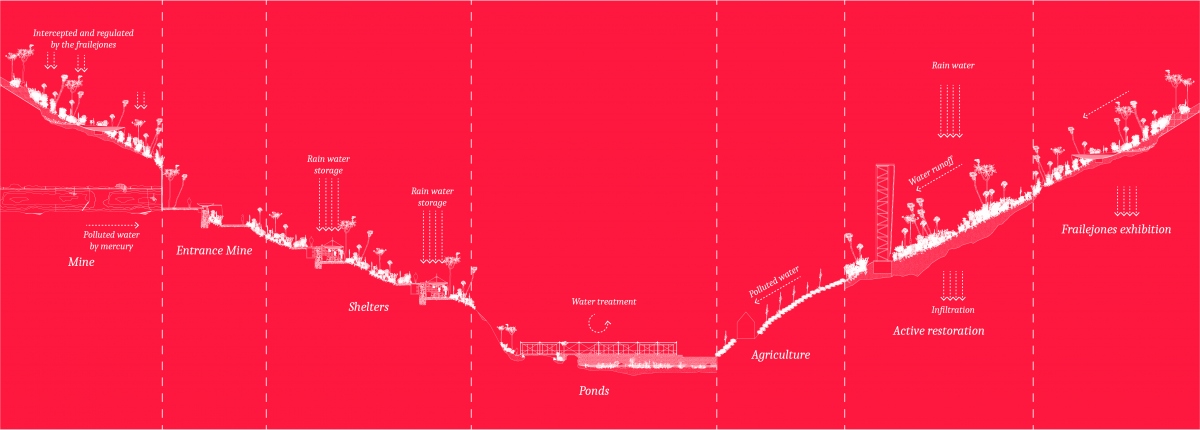
The design, instead of focusing its attention on a single problem derived from the extraction of gold from the páramo, presents a collection of adapted tools for protecting and regenerating these landscapes under different territorial pressures. Taking the Santurban´s Páramo as an example, this proposal can be presented as a pilot plan including the different angles from which such project can be approached.

Sergio Andrés Gómez Barrios / seyogomez2@gmail.com
The páramos of Colombia currently present several potential risks of ecosystem loss due to multiple social and territorial factors that have been forged decades ago and are still in dispute. In Santurban’s Páramo, the dispute over the territory started from the exploitation of gold in paramo areas where gold has traditionally been exploited for around 400 years on a small scale. In recent years large multinational companies started to exploit it through open pit mega-mining and later underground mega-mining affecting the vegetation of this fragile ecosystem and polluting the water streams with mercury at its spring, putting at risk the whole watershed that is born in the paramo.

The Project is presented as an opportunity to regenerate the landscape through active restoration strategies and exhibit the endemic botanical variety of the site, attracting people from the local communities to work on the production and planting of the necessary vegetation in the long-term process. This can also attract researchers, as it will be the largest curated exhibition of endemic vegetation above 3,000 meters above sea level, as well as tourists who will come to experience the interior of a mine, a place normally closed to the public. The high páramos are also increasingly at risk of unsustainable tourism development. The restorative project aims to raise awareness of the importance of protecting these fragile and precious landscapes. One can contemplate the different family species of páramo plants and variations in their climate, observe how they grow and harvest water, and learn about the ecological restoration process from seed collection and nursery production to planting and growing in the field.

The design, instead of focusing its attention on a single problem derived from the extraction of gold from the páramo, presents a collection of adapted tools for protecting and regenerating these landscapes under different territorial pressures. Taking the Santurban´s Páramo as an example, this proposal can be presented as a pilot plan including the different angles from which such project can be approached.

Sergio Andrés Gómez Barrios / seyogomez2@gmail.com
